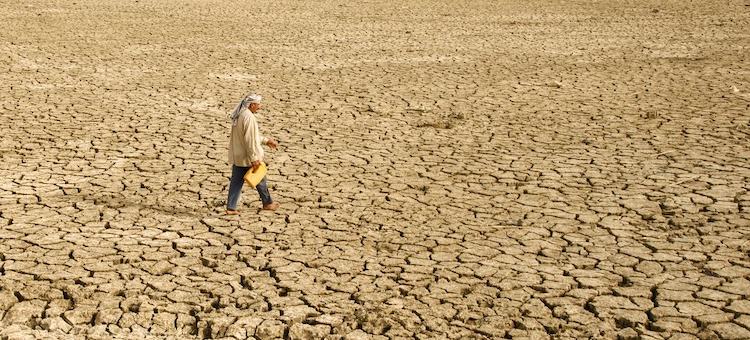
By J Nastranis
NEW YORK, 17 Feb 2023 (IDN) — In view of the failure of the global financial system to effectively cushion the impacts of current global crises on the Global South—the COVID-19 pandemic, the war in Ukraine and the ongoing climate emergency—the UN has called for an increase of about $500 billion each year by world’s most developed nations to finance the crucial 2030 Agenda for Sustainable Development (SDGs).
Launching the SDG Stimulus on Feb 17, UN Secretary-General António Guterres warned: “Today’s poly-crises are compounding shocks on developing countries—in large part because of an unfair global financial system that is short-term, crisis-prone, and that further exacerbates inequalities.”
“We need to massively scale up affordable long-term financing by aligning all financing flows to the SDGs and improving the terms of lending of multilateral development banks,” stressed the Secretary-General.
“The high cost of debt and increasing risks of debt distress demand decisive action to make at least $500 billion dollars available annually to developing countries and convert short-term lending into long-term debt at lower interest rates.”
“Great finance divide”
Halfway to the 2030 Agenda deadline, progress on the SDGs, the UN’s roadmap out of crises—is not where it needs to be. To reverse course and make steady progress on the Goals, the SDG Stimulus outlines the need for the international community to come together to mobilize investments for the SDGs.
In so doing, it asks the international community to create a new international financial architecture that would ensure that finance is automatically invested to support just, inclusive and equitable transitions for all countries.
The current global financial system—originally created to provide a global safety net during shocks—is one in which most of the world’s poorest countries saw their debt service payments skyrocket by 35 per cent in 2022. The “great finance divide” continues to proliferate, leaving the Global South more susceptible to shocks.
Developing countries don’t have the resources they urgently need to invest in recovery, climate action and the SDGs, making them poised to fall even further behind when the next crisis strikes—and even less likely to benefit from future transitions, including the green transition.
As of November 2022, 37 out of 69 of the world’s poorest countries were either at high risk or already in debt distress, while one in four middle-income countries, which host the majority of the extreme poor, were at high risk of fiscal crisis. Accordingly, the number of additional people falling into extreme poverty in countries in or at high risk of entering debt distress is estimated to be 175 million by 2030, including 89 million women and girls.
Even prior to the recent rise in interest rates, least developed countries that borrowed from international capital markets often paid rates of 5 to 8 per cent, compared to 1 per cent for many developed countries.
The aim of SDG Stimulus
The SDG Stimulus aims to offset unfavourable market conditions faced by developing countries through investments in renewable energy, universal social protection, decent job creation, healthcare, quality education, sustainable food systems, urban infrastructure and digital transformation.
Increasing financing by $500 billion per year is possible through a combination of concessional and non-concessional finance in a mutually reinforcing way.
Reforms to the international financial architecture are integral to the SDG Stimulus. As highlighted in the Addis Ababa Action Agenda, financing sustainable development is about more than the availability of financial resources. National and global policy frameworks influence risks, shape incentives, impact financing needs, and affect the cost of financing.
The SDG Stimulus outlines three areas for immediate action:
First, tackle the high cost of debt and rising risks of debt distress, including by converting short-term high-interest borrowing into long-term (more than 30 years) debt at lower interest rates.
Second, massively scale up affordable long-term financing for development, especially through strengthening the multilateral development banks’ (MDB) capital base, improving the terms of their lending, and aligning all financing flows with the SDGs.
Third, expand contingency financing to countries in need, including by integrating disaster and pandemic clauses into all sovereign lending, and more automatically issue SDRs in times of crisis. [InDepthNews]
Image credit: Developing countries, like Iraq (pictured) lack the resources to invest in recovery, climate action and the SDGs. © WMO/Abbas Raad











